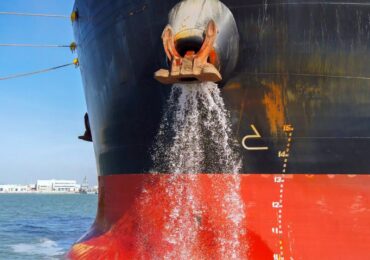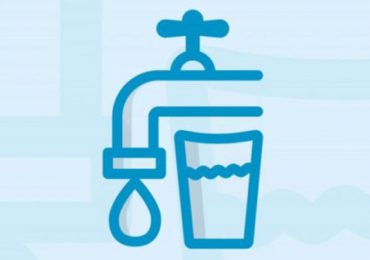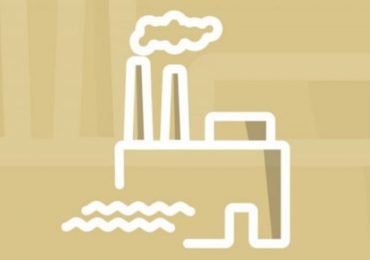Learn how the all-inclusive results and rapid feedback from 2nd Generation ATP® monitoring translates to greatly enhanced control capability for high-purity water systems.
Overview
Water purification systems fill a critical need in industrial plants by continuously providing high-purity water to systems that need it. However, monitoring programs serve a critical role to ensure that they produce water of acceptable quality as well as ensuring that routine maintenance is done at appropriate times. If these systems are not closely monitored, product water purity can suffer and modules within the system can experienced higher than normal loadings.
Monitoring microbiological activity in ultra-pure water
Ultra-pure water has the most stringent specifications for microbiological contamination of any industrial water type. Therefore, a high degree of sensitivity is required for any test method used for monitoring the microbiological activity in these types of waters.
A major advantage of the firefly Luciferase method for detection of ATP is that it can provide an on-the-spot indicator of total microbiological load in any water sample. In ultra-pure water production, this method has the potential to provide a real-time indicator of produced water quality, which can shorten in-house verification protocols, resulting in faster produced water release to manufacturing processes and ultimately shorter production cycles.
In 2005, LuminUltra installed a 2-stage treatment process for on-demand production of ultra-pure water manufactured to ASTM Type 1 (pharmaceutical grade) specifications. The treatment system utilizes a Barnstead Diamond RO to treat municipal water to laboratory grade, and then this water is treated to ultra-pure levels using a Barnstead NANOpure Diamond unit.
As a confirming measure of product quality, LuminUltra utilizes frequent Quench-Gone Aqueous (QGA) measurements on both water types. The ASTM Type 1 specification for total colony forming units is 10 CFU per 1000 mL of produced water.
QGA findings
Over the course of routine operation, targets were set for the desired water quality to be maintained in each water type. Various system maintenance activities were implemented through the course of operation, which are highlighted on each graph with pink shading. Upon evaluation of this data, many interesting findings were revealed through QGA measurements:
- Performing system service (for example, chlorination of the Diamond RO water storage tank, or sanitization of the NANO pure Diamond system) produced a measurable drop in microbial concentration, generally by 1 or 2 logs of microbial activity. This demonstrates that variations in the data are real and not simply background noise.
- Even though the ASTM Type 1 specification is less than 10 CFU per 1000 mL of culturable bacteria, there is sufficient ATP associated with other organisms or non-culturable bacteria to make QGA a reliable control parameter in ultra-pure water production. Given this detection level requirement, the opportunity for use of QGA within the framework of USP guidelines for pharmaceutical applications is a very real application.
Use of the QGA protocol revealed the main source of contamination to be the lab-grade water storage tank, not the feed water or RO unit. This information led to routine chlorination of the RO Storage Tank to reduce the microbial load on the Water Production System. Overall, this resulted in increased reliability and decreased maintenance frequency. Through effective monitoring and routine preventative maintenance, LuminUltra can produce water of even higher purity standards when needed. As seen from the NANO pure product water data, USP-grade purified water is easily achievable.
Conclusions
Because of its extremely high sensitivity and real-time feedback, LuminUltra’s QGA method is an excellent control method to monitor total microbiological load in any HACCP-style Water Safety Plan (WSP).
The rapid and accurate feedback provided by routine QGA measurements can help to ensure product quality, shorten verification cycles, and ultimately increase production efficiency in any water treatment or production application.







